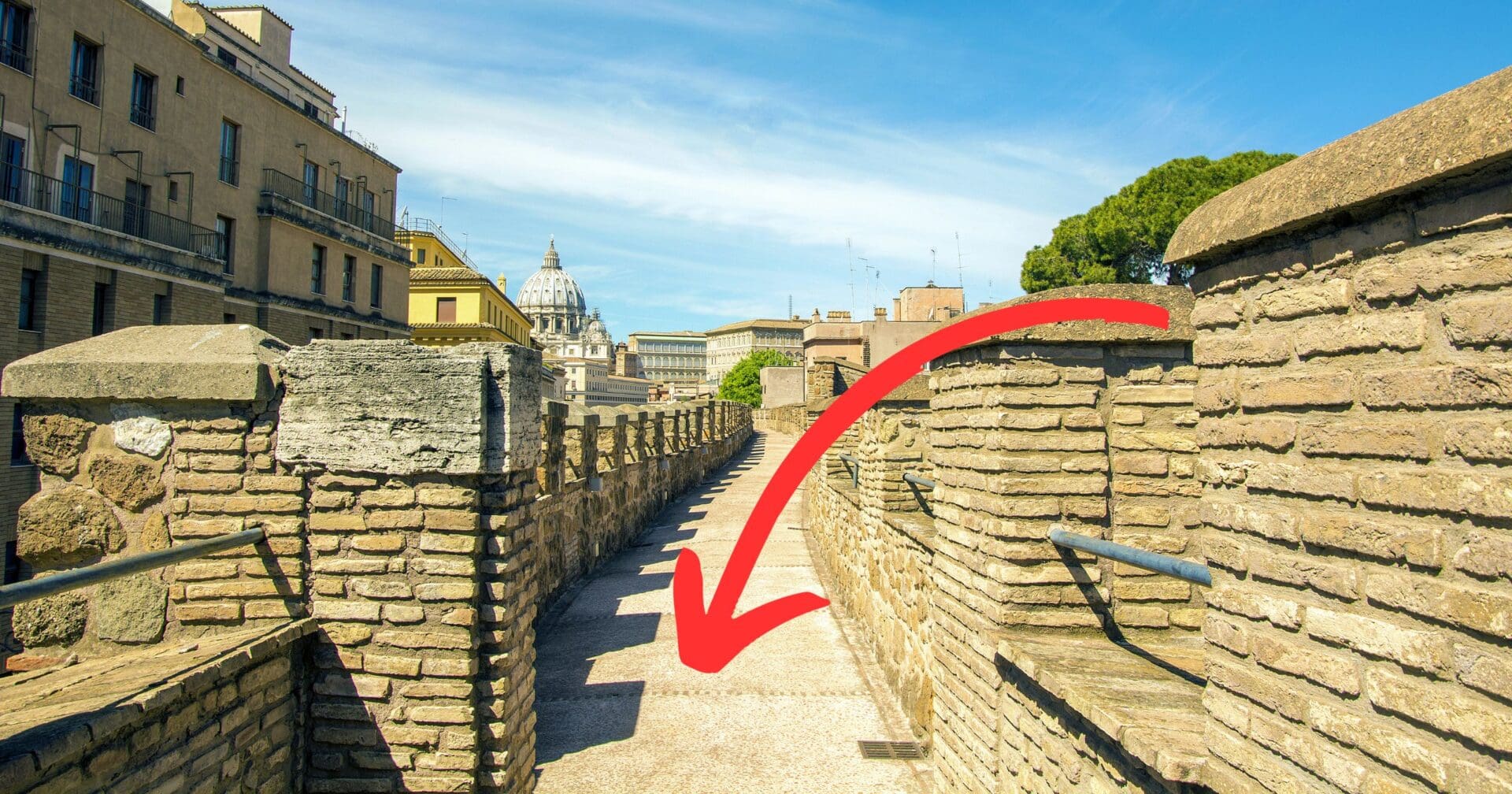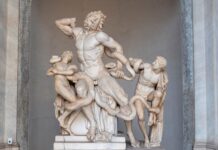The Vatican is the world’s smallest state both by area and population, coming in at under only 110 acres with a population of 1000 people. Despite that, its small stature is nothing to laugh at – the Vatican is filled to the brim with historical buildings, monuments, and other architectural works of art. From Saint Peter’s Basilica and the Sistine Chapel, to the Vatican Library or the Vatican Museums, the small nation is rich in building design. However, most don’t know about one of the Vatican’s best-kept secrets that is hidden in plain site, a secret tunnel named the Passetto di Borgo.
At first glance, the Passetto di Borgo, Italian for “small passage,” looks like nothing more than a simple stone fortification much like other walls in the Vatican. However, within its walls lies a secret hidden passageway used by popes in the past as an emergency escape route when they faced imminent danger. The Passetto runs a total of 2600 feet along the Old Vatican wall and links the Vatican Palace to the Castel Sant’Angelo. Construction of the Passetto wall began around the year 850, but it wasn’t completed until the year 1277 under Pope Nicholas III. In 1492, Pope Alexander VI finished the wall in its current form as seen today.
The first time it was used as an escape route was just two years after its construction in 1494, when King Charles VIII invaded Vatican City with French forces. Pope Alexander VI used it to escape to the Castel Sant’Angelo.
The most recent usage of the passage was during the Sack of Rome on May 6th, 1527. The mutinous forces of Holy Roman Emperor Charles V massacred nearly the entire Swiss Guard on the steps of Saint Peter’s Basilica, however they were able to hold off just long enough for Pope Clement VII to escape using the Passetto. It is said that during Clement VII’s passage, he wept looking down at the gruesome scene in Saint Peter’s Square. He was so distraught that a fellow cardinal had to help him walk through the narrow corridor. Fearing that a rifleman may recognize the pontiff through the narrow windows, Clement VII was covered in a cloak flung over his head and shoulders to disguise him as he was smuggled into the castle.
Since the escape of Pope Clement VII, no pontiff has used it since. Around the end of the 16th century, the Passetto within the wall was closed to the public because of its declining conditions. During the Great Jubilee of 2000, the Passetto was renovated for the occasion. Since then, it has opened during the summer for a limited amount of time for tourists to walk down the same passageway used by popes hundreds of years ago.
Editorial credit: rarrarorro / Shutterstock.com


















Rome the holy city